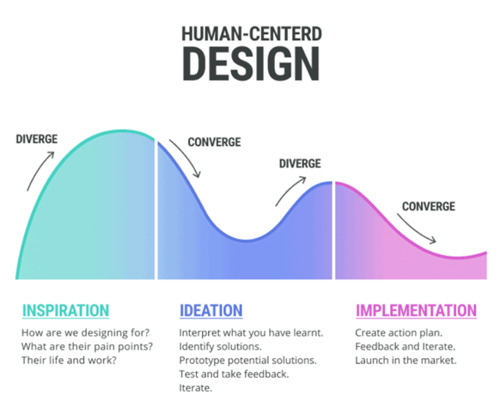Strategic Tools & Formative Evaluation
CHASM applies the socio-ecological model as their grounded theory in order to comprehensively address needs and gaps within the 5 levels: intrapersonal, interpersonal, community, organization, and systems.
CHASM has experience in using and implementing strategic tools to address gaps within our systems.
Internal Theories of Change, specifically the Driver Diagram, is used to outline the overall aim, primary drivers, secondary drivers, and change ideas crosswalked with outcome measures.
Logic models are also used as a strategic tool. They are graphic depictions (road maps) that presents the shared relationships among the resources, activities, outputs, outcomes, and impact for your program. They depict the relationship between a program's activities and its intended effects.
We conduct an assessment of root cause analysis using 5 whys, fishbone diagram, gaps analysis, and community asset mapping.

Projects applying these tools:
- Spreading Community Accelerators through Learning and Evaluation (SCALE) was an initiative funded by the Robert Wood Johnson Foundation (RWJF) and led by the Institute for Healthcare Improvement (IHI)
- Improving Population Health Action Community (IHI)
- Wandersman Center projects
- Title X, Family Planning Program, Office of Population Health/HHS
- CHW Summit - interactive workshop on systems support mapping
- RWJF HPRS dissertation work
- Population Health CQI trainings, Physicians Network, UNC
Design thinking: GIC conference presentation
Rumana Rabbani, MHA, PhD Student
Melvin Jackson, MPH
Social-Ecological Framework See more...
Considers the complex interplay between individual, relationship, community, and societal factors. It allows us to understand the range of factors that put people at risk for violence or protect them from experiencing or perpetrating violence due to structural racism.
Implementation Science See more...
The scientific study of methods to promote the systematic uptake of research findings and other evidence-based practices into routine practice, and, hence, to improve the quality and effectiveness of health services.

Design Thinking See more...
Design methodology that provides a solution-based approach to solving problems. It's extremely useful in tackling complex problems that are ill-defined or unknown, by understanding the human needs involved, by re-framing the problem in human-centric ways, by creating many ideas in brainstorming sessions, and by adopting a hands-on approach in prototyping and testing.

Formative Evaluation See more...
A rigorous assessment process designed to identify potential and actual influences on the progress and effectiveness of implementation efforts.
Systems Thinking See more...
A holistic approach to analysis that focuses on the way that a system's constituent parts interrelate and how systems work over time and within the context of larger systems. According to systems thinking, system behavior results from the effects of reinforcing and balancing processes.

Improvement Science See more...
Applied science that emphasizes innovation, rapid-cycle testing in the field, and spread in order to generate learning about what changes, in which contexts, produce improvements characterized by the combination of expert subject knowledge with improvement methods and tools.
Continuous Quality Improvement See more...
Deliberate, defined process which is focused on activities that are responsive to community needs and improving population health.

Readiness Assessment and Equity







